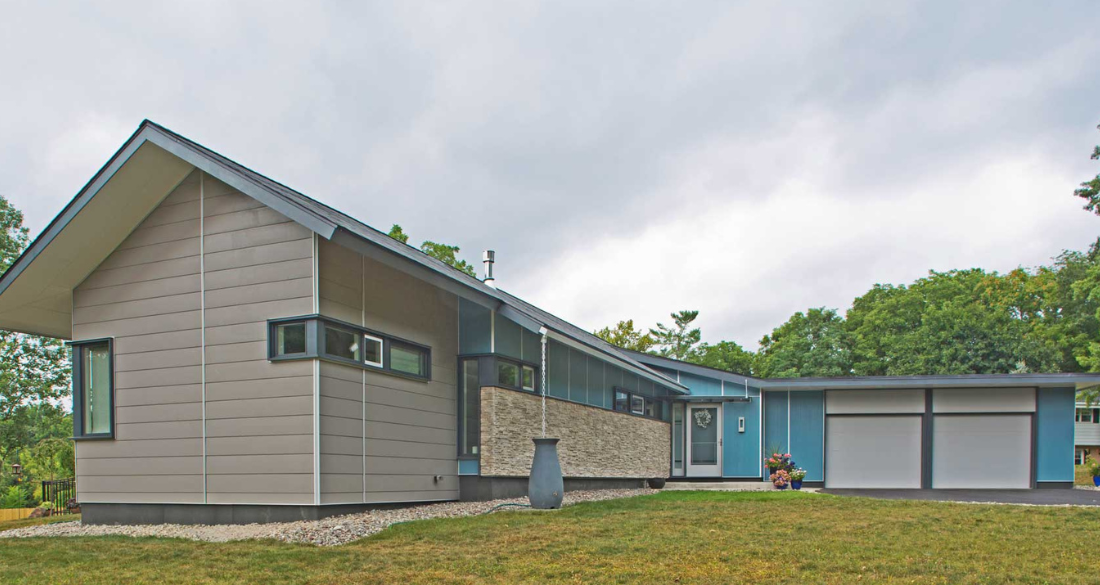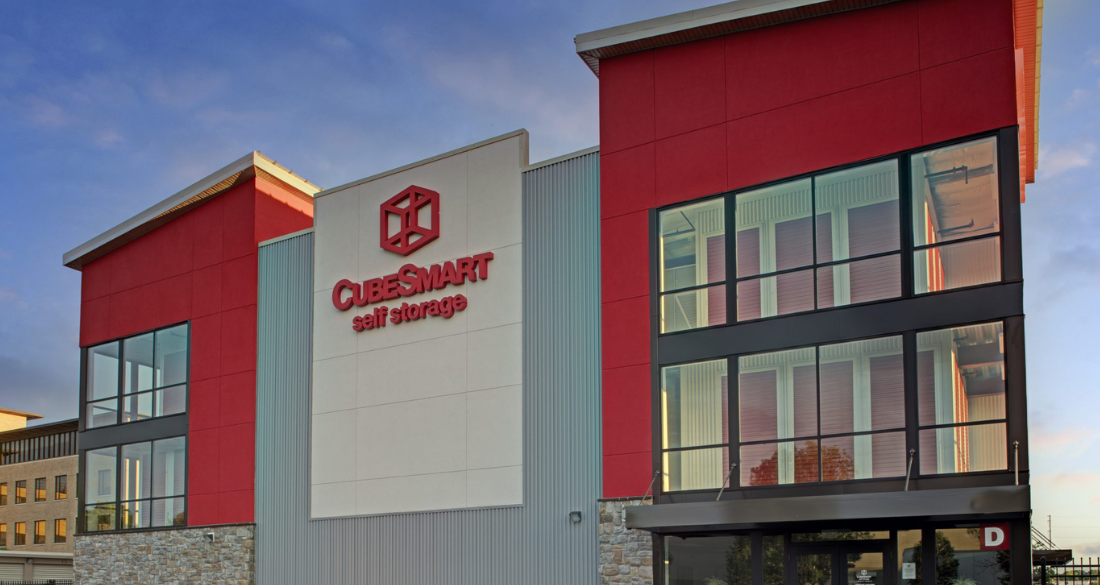Building a Sustainable Future: The Significance of Green Design in Modern Architecture
What makes green and sustainable design so remarkable?
In essence, both everything and nothing. Incorporating smart design solutions into projects was around long before the popularization of terms like “green” and “sustainable.” While these terms may come and go as industry buzzwords, their underlying concepts are fundamental to safeguarding our planet’s health, preserving resources for future generations, and considering the long-term impacts on various stakeholders.
Green and sustainable projects use a holistic approach that prioritizes resource efficiency, waste reduction, pollution mitigation, and societal contributions. Embracing these concepts is essential for fostering smart and conscientious design practices.
Environmental benefits of green design
Green design in buildings or facilities yields numerous benefits. Green buildings enhance the health and safety of occupants, communities, and the environment by reducing environmental footprints. This can be done through material conservation and efficient heating and cooling systems.
By opting for energy-efficient structures, you can lower utility bills and reduce your carbon footprint. This helps combat climate change that is exacerbated by greenhouse gas emissions from fossil fuel consumption. Decarbonizing business practices and minimizing carbon footprints are crucial steps towards achieving a greener, more sustainable world.
Innovative techniques in sustainable architecture
Among growing concerns about climate change and environmental degradation, the industry is increasingly adopting sustainable practices to minimize ecological impacts. Sustainable architecture aims to shorten resource consumption, minimize waste generation, and create healthier, energy-efficient buildings.
Passive design principles use natural elements to regulate indoor temperature and lighting, reducing reliance on artificial heating and cooling systems for substantial energy savings.
Incorporating renewable energy sources like solar panels and geothermal systems can further enhance sustainability by providing clean energy alternatives.
Innovative materials in sustainable architecture
Recycled and reclaimed materials reduce overall waste and minimize the environmental impact of manufacturing new building materials. Eco-friendly materials such as bamboo, hemp, straw, cork, wool, and biophilic elements promote a stronger connection with nature while reducing carbon footprints.
Reusing existing materials wherever possible is also a sustainable practice that benefits our planet by conserving resources.
Examples of Sustainable Projects
Highlighted below are projects by SAAarchitects that exemplify sustainable principles and showcase the positive impact of green design on both the environment and building occupants.
These projects demonstrate how integrating sustainability into architectural endeavors can lead to innovative solutions that benefit communities while reducing environmental footprints.
ABC Keystone Chapter Building
The ABC Keystone Chapter building was designed to make a statement and become a local landmark. It is truly one-of-a-kind. This building was designed as a tool to educate the apprentices simply by interacting with it.
The design incorporated various materials and details to show there is more than one way to design and construct a building, including:
- Decorative concrete masonry units in multiple colors and textures
- Two different metal panels in two different colors
- Standing seam metal and EPDM roofing systems
- Aluminum storefront window systems
Life Storage
This Life Storage self-storage facility in Frederick, Maryland, is the city’s first green, climate-controlled storage facility. Converted from the former Frederick Indoor Sports Complex with an added mezzanine, it now offers 75,000 square feet of rentable space.
The project’s 1,300 on-site solar panels offset 100% of the building’s energy usage, providing significant cost savings and environmental sustainability.
There is so much clean energy produced that excess energy is being sent back to the utility company, further contributing to the building’s eco-friendliness.
Brook Hill Residence
The Brook Hill Residence was the first LEED certified residence in York County, Pennsylvania. The innovative property was designed using state-of-the-art green building techniques.
The spacious single-floor and open-plan living layout maximizes the use of natural characteristics and materials, and includes eco-friendly architectural features:
- Passive solar orientation and clerestory windows
- Large overhangs shielding south facing windows, foundation and walls
- Zip-R sheathing system and ROXUL insulation and fire resistance
- Fiber cement siding, composite wood materials, and cork flooring
- Natural light and light infiltration through sun tunnels, skylights and etched glass
- All LED lighting inside and out
- Geothermal heating and cooling
- Whole house ERV system
Green is more than money and sustainable is more than long-lasting
The importance of green and sustainable architecture extends beyond financial gains. It plays a pivotal role in promoting resource efficiency, waste reduction, pollution mitigation, and societal well-being. Prioritizing sustainability benefits building occupants and contributes positively to communities and the environment.
By embracing green practices, you can reduce your building’s environmental impact, enjoy cost savings on utilities, live happier, and contribute to a sustainable future.


